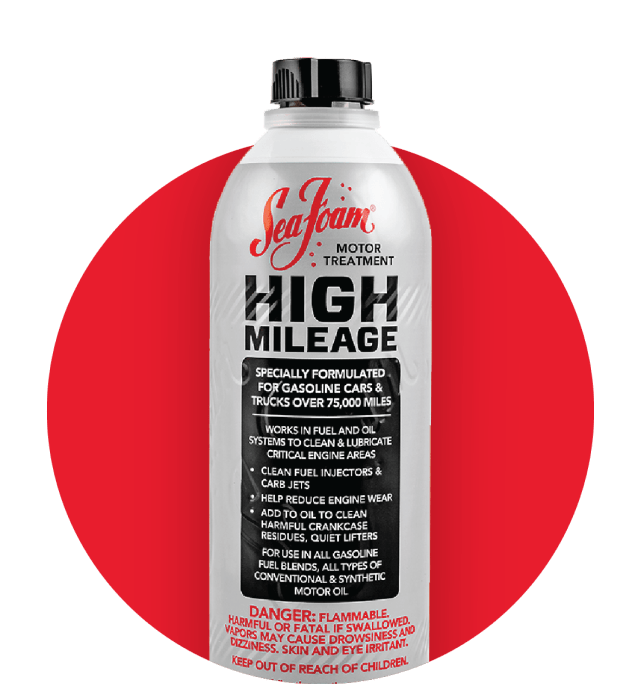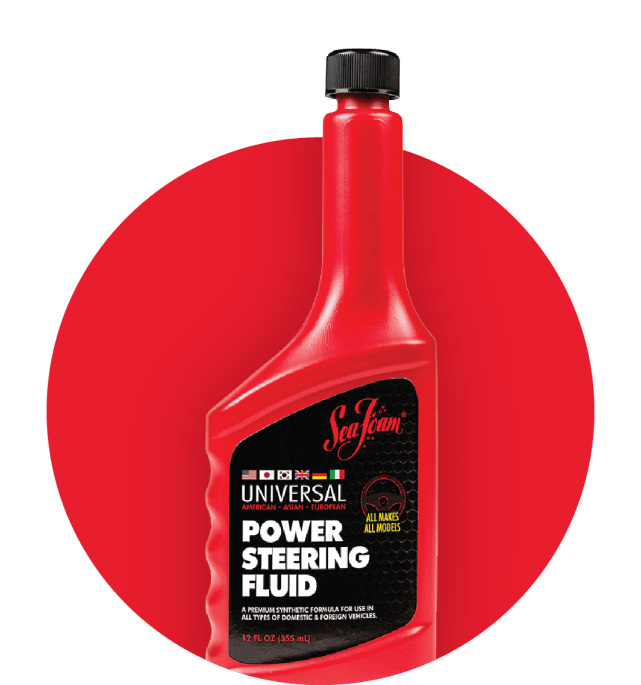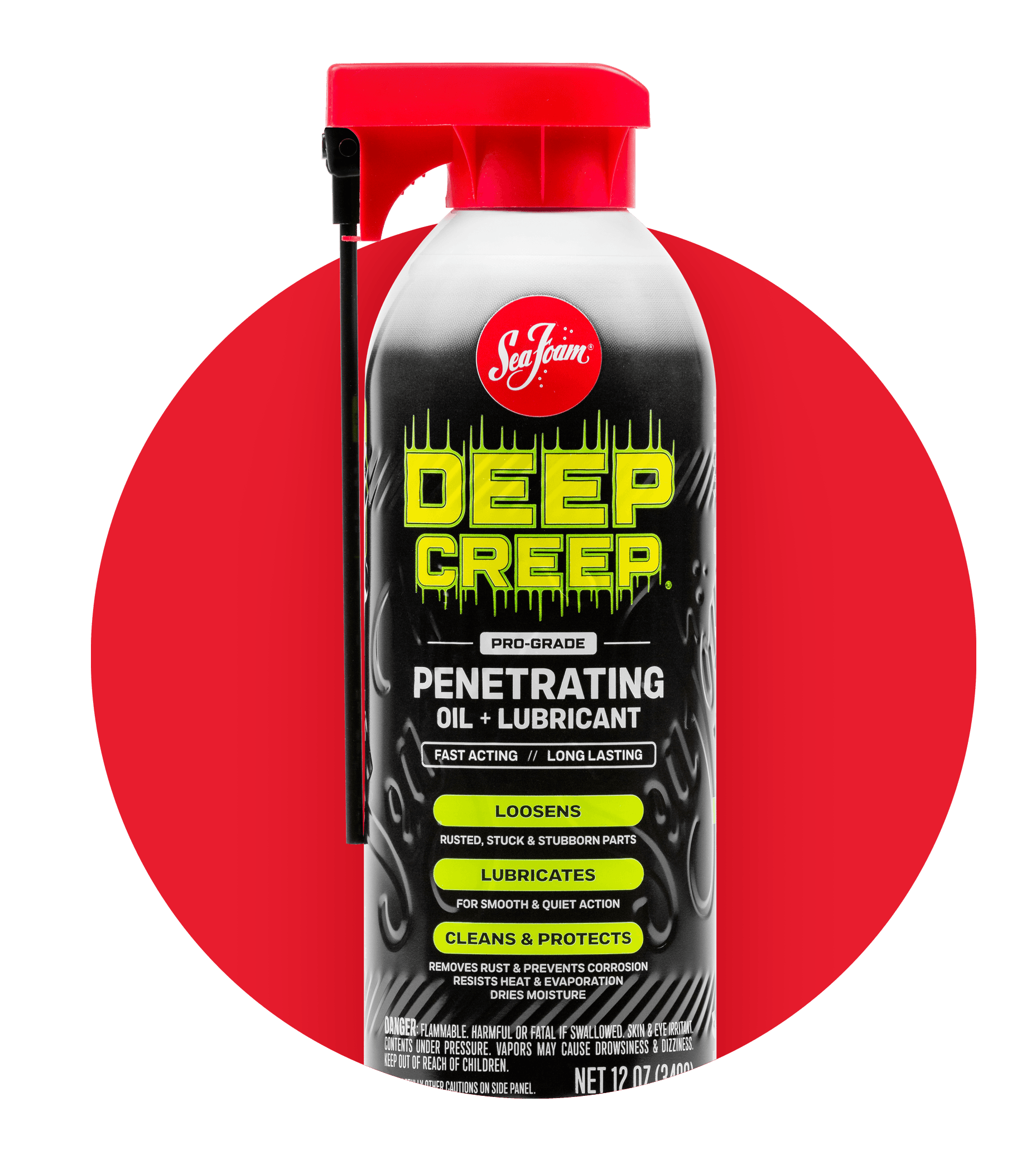HOW TO FIX COMMON CARBURETOR PROBLEMS
It might be old technology, but the carburetor’s prevalence makes it worth understanding, as they are generally easy to maintain and fix should a problem arise — and they do.
CLEANING
A CARB
Gasoline treated with Sea Foam Motor Treatment will stay stable for up to two years, preventing the buildup of harmful varnish deposits. And it will work to reliquefy any existing deposits, cleaning your carburetor without the need to remove it for manual cleaning. For regular maintenance, add 1 ounce of Sea Foam Motor Treatment per gallon of fuel. To clean your fuel system, add 2 ounces or more per gallon.
Simply put, a carburetor is a mechanical device that controls the mixture of fuel and air entering an engine.
Carburetor designs and sizes vary, but they all function the same:
Fuel related problems
Most carburetor problems are related to degraded fuel. In as little as a few weeks, fuel begins to break down, forming sticky varnish deposits. These deposits can gunk up float bowls and fuel passageways. It doesn’t take long. A single winter of unuse is long enough for varnish to make your lawn mower hard or impossible to start. The same goes for your snowblower after sitting through spring, summer and fall.
If you find that any of your carbureted equipment or vehicles won’t start, start hard, surge, or run rough after a period of unuse, it’s a safe bet that a carb issue, caused by fuel, is to blame. The good news is that these problems are often easy to remedy without mechanical work.
HOW SEA FOAM fixes carburetor problems
To clean a carbureted engine that won’t start or run right, first drain any old fuel. Then, add 8 oz of fresh fuel and a high concentration of Sea Foam to the tank (up to a 1:2 ratio of Sea Foam to fuel). Crank/rope pull/prime the engine to draw the mixture into the tank, and let it sit overnight before starting.
Sea Foam Motor Treatment can also be used as a fuel stabilizer for engines that aren’t used frequently, preventing gum and varnish from dirtying carburetors and fuel passageways.
#seafoamworks
related
products
For motors of all shapes and sizes.



